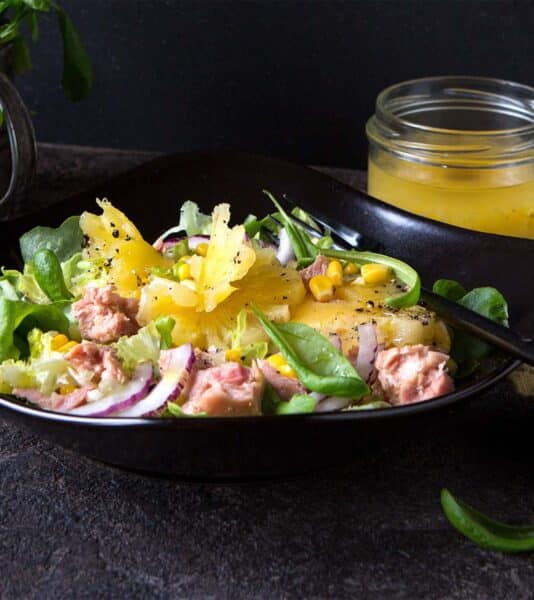It’s January, a time when more than half of American adults reset their health with New Year’s resolutions targeting weight loss or fitness, according to NPR. While January plans can fizzle out as the weeks roll by, many of your foodservice guests will have keen attention on healthier-for-you dining this month and throughout the year.
Seafood Supports Weight Loss
Registered dietitians interviewed for Eat This, Not That! note that fish is “rich in all kinds of nutrients that benefit your body in multiple ways, including weight loss.” Its complete protein boosts satiety and can help stabilize blood sugar. Plus: fish provides high nutrient density with a healthy fat profile, they say.
Today, 36% of consumers say they are eating more seafood than in previous years, and the complete protein it provides is in demand among consumers who want to “ensure a balanced diet,” “satisfy hunger,” or “build muscle,” according to research presented in the tunaversity.com course, Protein on the Menu.
Amp Up Menu Appeal
To enhance your menu appeal to health-motivated guests, try these ideas:
- Share the nutrient details on your menu offerings. Nutrition Facts are available for many foodservice recipes, including seafood recipes in the Chicken of the Sea Foodservice Recipe Collection.
- Offer from-scratch or speed-scratch menu offerings with simple ingredient lists, as more consumers are flocking to clean eating and less processed food.
- Tune into the comfort food factor, offering weight-conscious menu fare that also conveys a feel-good experience. Dieters don’t have to feel deprived. For example, salmon stuffed tomato delivers a healthy twist on a nostalgic favorite at 23 g protein and only 9 g carbohydrate per serving.
- Swap recipe add-ins that can add excess fat or calories to naturally healthy seafood. For example, swap in plain yogurt in place of mayonnaise for tuna salad.
- Allow guests to customize their orders with made-to-order salads, bowls, tacos, or sandwiches. Not all weight-management regimens are the same. Customization keeps a customer in control and on target.
- Feature fish on the menu for breakfast, e.g., a Tuna Frittata with 10 g protein and only 100 calories. Many consumers are aiming to replace high-carb, high-sugar breakfast fare with healthier and high-protein options.
- Replace meat with seafood in tacos, meatballs, casseroles, and other mixed dishes to enhance the nutritional profile. Have you tried tuna meatballs?
- Play up the salads, complementing healthy greens and fresh produce with simple seafood additions, like the convenient, shelf-stable tuna in a Niçoise salad platter recipe.
- Experiment with new flavors and culinary concepts for seafood, such as a low-calorie, high-protein tuna taco bowl, salmon kibbee, or herbed tuna feta salad.
- Keep better-for-you fare portable for people on the move or using delivery services. Salmon or tuna wraps, sandwiches, and healthy pasta salads all travel well.
Focus on Snacks, Too
About 3 out of 4 consumers snacks at least once a day, according to the IFIC Food & Health Survey. Protein is a growing driver for snack choices. Single-serve, shelf-stable seafood products such as Infusions™ tuna products and salmon pouches offer the ultimate in convenient, high-protein snacking with a variety of flavor profiles for customers on the go.
The New Year is not only a time of reflection on personal health. It’s a perfect opportunity for foodservice operators to engage guests in new ways. Seafood can be one of your choice ingredients for giving customers what they want in 2023.








